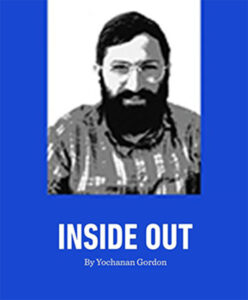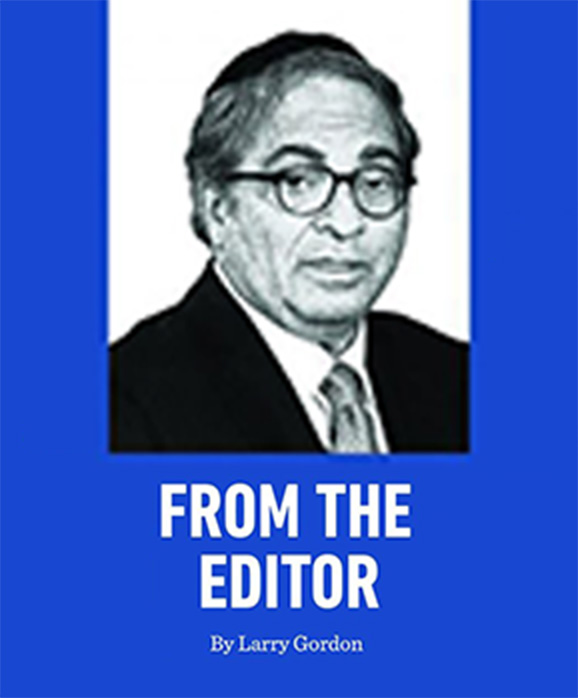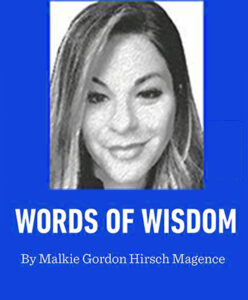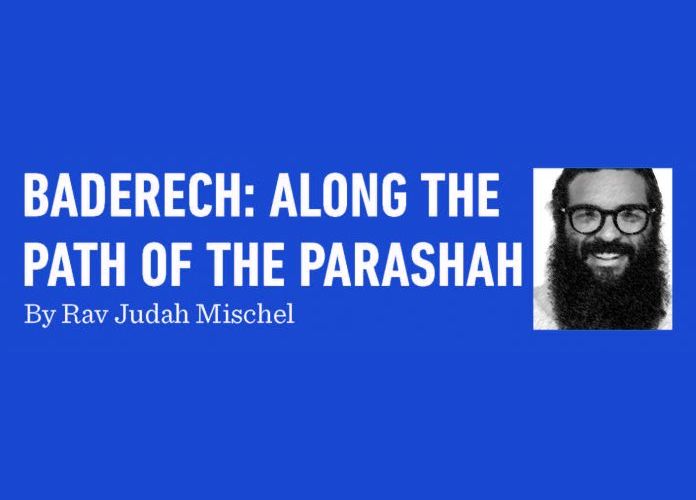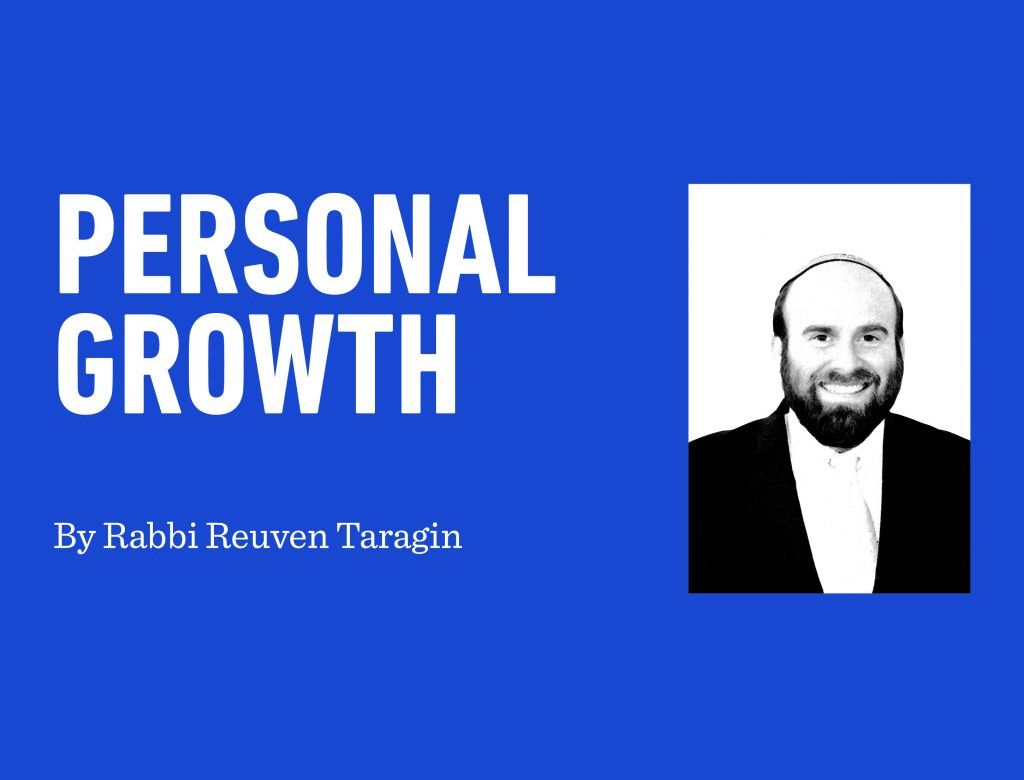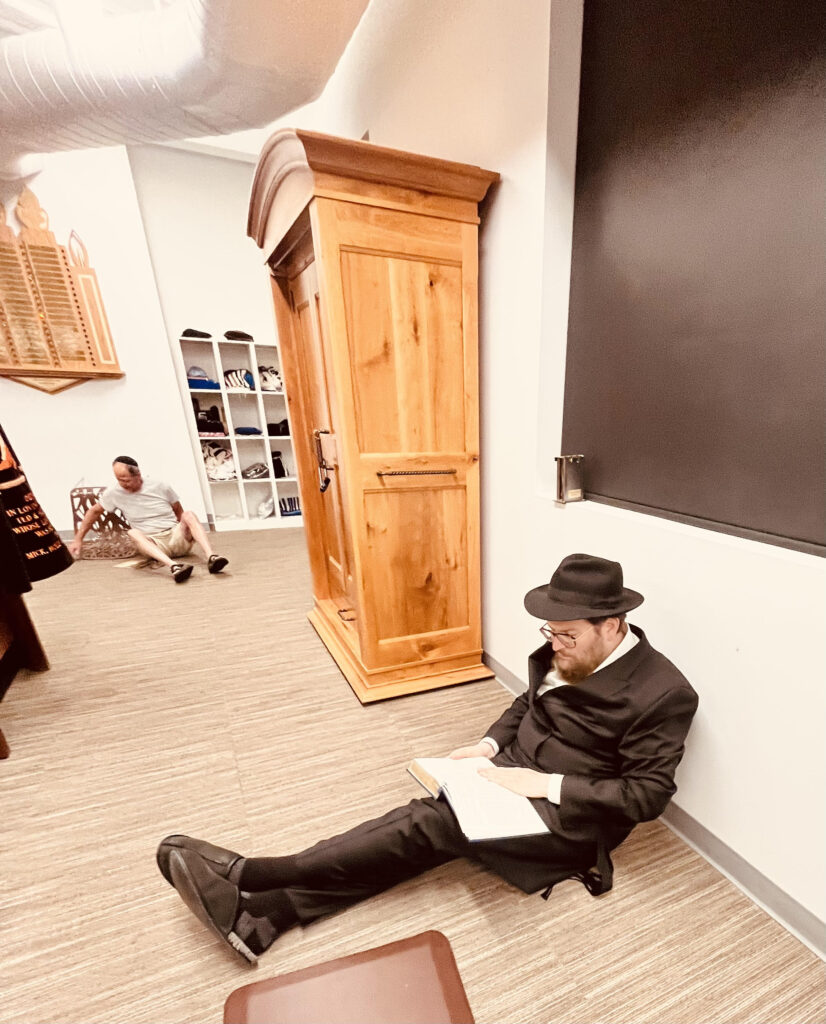Eikev: To See The Land
From a young age, the tzaddik, Rebbe Mordechai Shlomo of Boyan, was singularly focused on spiritual growth and Talmud Torah. His father, Rebbe Yitzchok of Boyan, considered his son “a chiddush” and a young man of incredible potential. Even as a child, the future Rebbe showed no interest in games or activities that would be considered developmentally appropriate. Instead, he spent his days and nights completely absorbed in Talmud Torah. The Chazon Ish, who was known to be terse with his compliments, praised Rebbe Mordechai Shlomo as a “true gaon,” a giant in Torah and one of the great masmidim of the generation.
Shortly after the establishment of the State of Israel, Reb Mordechai Shlomo was traveling to the Holy Land to assume the mantle of leadership of his father’s chassidus. Baderech, along the way, the ship docked in England, where the Rebbe boarded a flight to Eretz Yisrael. Flying over the Swiss Alps, the Rebbe’s gabbai, who had never beheld such a breathtaking sight, asked the Rebbe to look at the incredible scenery. Engrossed in his sefarim, the Boyaner was completely oblivious to the spectacular sights and the excitement of the other passengers. The gabbai, who normally would never have disturbed the Rebbe from his learning, was unable to hold himself back and exclaimed that he should look out the window and witness the extraordinary niflo’oshaBorei, “wonders of the Creator.” The Rebbe looked up from his sefer, motioned with his hand, and declared, “From my flesh I can see my G-d” (Iyov 19:26). There was nothing he needed to see beyond his own finger, which held his place in his beloved Gemara—and he continued his learning.
When they arrived in Eretz Yisrael, Reb Mordechai Shlomo and his entourage were greeted by enthusiastic crowds. The Rebbe travelled the length and breadth of the country, often escorted by chassidimeager to spend time with and glean insight from him. One of the distinguished members of the community, Reb Berel Ludmir, had the privilege of accompanying the Rebbe on the nesiyah. He had hoped to hear some of the new Rebbe’s divrei Torah, stories of his illustrious ancestors, or thoughts connected to the holy places and kivreitzaddikim they visited. Perhaps he would share new insights and chiddushim from Eretz HaKodesh.
Yet the Rebbe did not speak a word. He sat in silence, staring out the window for the duration of the journey, not looking away for even a moment. After traveling this way for hours, Reb Berel finally summoned the courage to ask, “Why is the Rebbe so intent on looking outside? Could the scenery be so meaningful and important?”
Without adjusting his position, the Rebbe replied, “‘It is a land which Hashem your G-d looks after, upon which Hashem always keeps His eyes.’ Oib Ehr kukt, kehn ich zicher kukun… If He is looking, I should definitely look as well…”
“But the land, to which you pass to possess, is a land of mountains and valleys and absorbs water from the rains of Heaven. The eyes of Hashem your G-d are always upon it, from the beginning of the year to year’s end” (11:11-12).
Rav Mordechai Kamenetzky, shlita, rosh yeshiva and dean of Toras Chaim South Shore, is a beloved talmid chacham, prolific author, and columnist. A grandson of the venerable Reb Yaakov Kamenetzky, zt’l, he often shares firsthand experiences and personal encounters with gedolei Yisrael, many of whom are family. Rav Kamenetzky described one such memorable visit with his cousin, the great mashgiach and ba’al mussar, Rav Shlomo Wolbe, zt’l, in Yerushalayim.
Educators, rabbanim, and administrators flocked to Rav Wolbe for his sage advice and guidance. As “mishpacha,” Rav Kamenetzky’s visit, however, was more personal and familial in nature, and the two cousins chatted about the years Rav Wolbe spent in Sweden during and after the War, as well as the time spent learning in yeshiva in Montreux, Switzerland. Somewhere in the conversation, the magnificent beauty of the Swiss Alps came up. Rav Kamenetzky shared a comment he had heard in the name of the Brisker Rav that when Mashiach arrives, the Swiss Alps will be uprooted and transplanted to Eretz Yisrael.
Rav Wolbe was a man of equanimity and inner calm. Upon hearing that comment, however, he drew himself up to his full height and shook with intensity. With fire in his eyes and a voice filled with emotion he declared “No! It can’t be! Der Brisker Rav hut das kain mohl nisht gezogt; the Brisker Rav could never have said that!”
“Reb Mordechai, listen carefully,” Rav Wolbe continued, “there are no mountains as beautiful as the ones by Tz’fas. There are no lakes as beautiful as the Kineret. And there is no city that sparkles like Yerushalayim! Mashiach does not need to bring anything here! It is all here!”
May we lift up our heads and open our eyes to witness, experience, and appreciate the beauty and holiness, gift, and opportunity, of Hashem’s beloved land, now and all year ‘round! n
Rav Judah Mischel is executive director of Camp HASC, the Hebrew Academy for Special Children. He is the founder of Tzama Nafshi and the author of the “Baderech” series. Rav Judah lives in Ramat Beit Shemesh with his wife Ora and their family.
